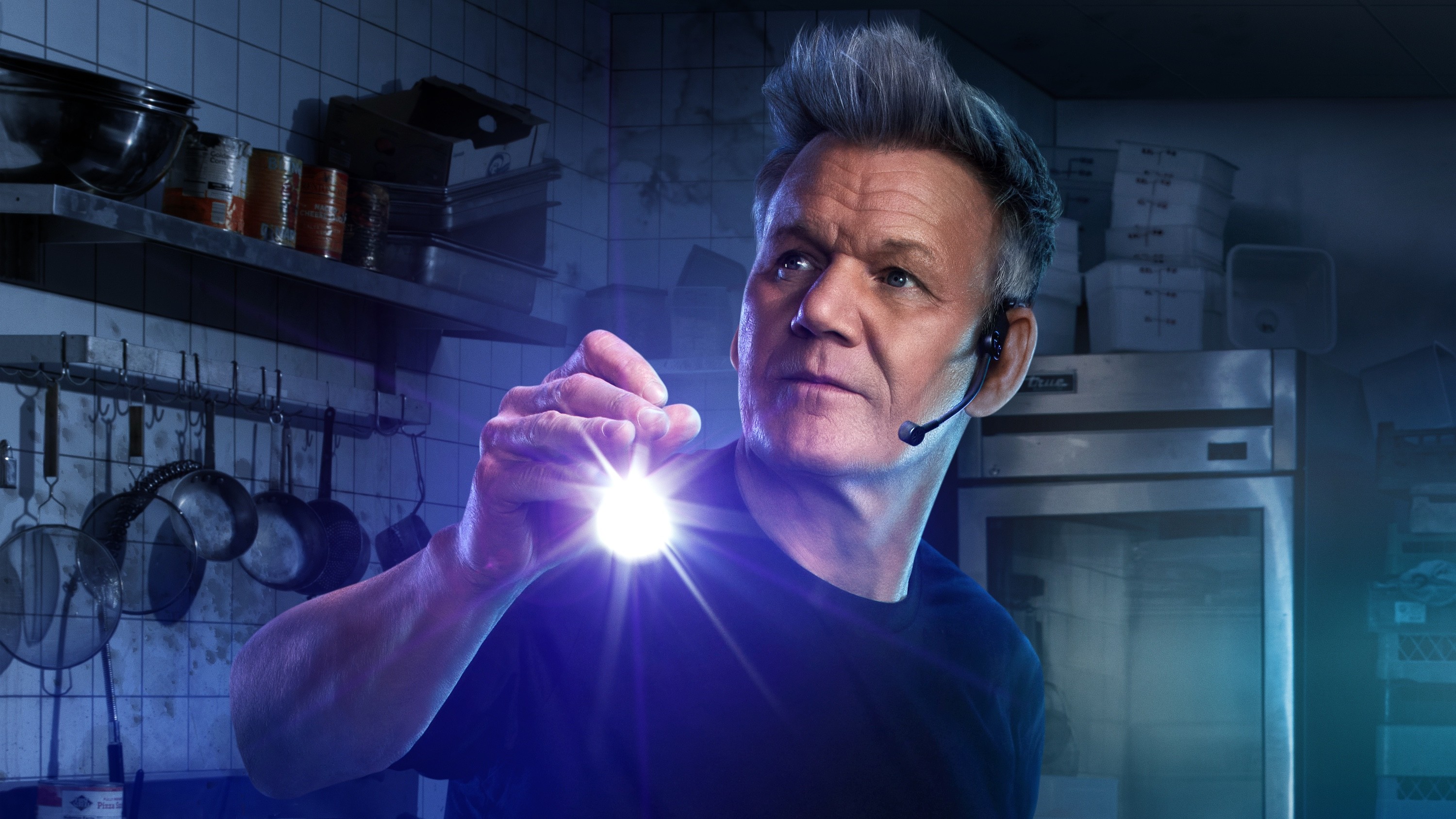
Gordon Ramsay is no stranger to transforming failing restaurants and igniting dramatic change with his fiery presence. But in his newest series, Gordon Ramsay’s Secret Service, the celebrity chef takes his mission to an entirely new level. This isn’t just another cooking show—it’s a high-stakes undercover operation where Ramsay exposes the dirtiest, most mismanaged restaurants in America and pushes them toward redemption.
At first glance, the concept seems simple: Ramsay identifies struggling eateries and helps them turn things around. But Secret Service is unlike anything the Michelin-starred chef has done before. Instead of walking through the front door with a camera crew and his usual blunt approach, Ramsay begins each mission in the shadows. Disguised and equipped with hidden surveillance, he goes undercover to witness firsthand what’s really going on behind closed kitchen doors.
The show opens with Ramsay in a control room, watching live footage of a restaurant he’s about to infiltrate. His team has already planted hidden cameras and microphones, capturing raw, unfiltered moments. From unsanitary kitchens to absent owners and untrained staff, the problems are often worse than anyone imagined. Ramsay observes in silence before stepping in to confront the chaos head-on.
Each episode follows a similar pattern: the quiet investigation, the shocking discoveries, and then the full-blown confrontation. But it’s not just about yelling and shaming. Ramsay is at his best when he’s digging deeper—when he connects with the owners, hears their personal struggles, and reminds them why they started their business in the first place. That emotional core, paired with the thrilling undercover format, gives the show a powerful dual identity: part spy mission, part human story.

One standout feature of Secret Service is its commitment to real change. Ramsay doesn’t just throw together a quick menu and redecorate the dining room. He challenges the people involved to take ownership, to evolve, and to let go of outdated practices and harmful habits. Sometimes, this means helping older owners realize it’s time to pass the baton. Other times, it involves rebuilding trust between staff members who’ve grown resentful or apathetic.
The undercover element gives Ramsay an edge. Without the pressure of cameras being visible, restaurant workers behave as they normally would, revealing their true attitudes and work ethics. This raw footage often shocks viewers. From moldy food storage to shouting matches in the kitchen, the reality of these failing establishments is exposed with brutal honesty. But Ramsay doesn’t just judge—he offers solutions, and his tough love often leads to inspiring transformations.
In one particularly emotional episode, Ramsay visits a Greek restaurant run by a family on the verge of collapse. The father, stuck in his ways, refuses to let his children make changes. The kitchen is outdated, the menu is stale, and the customers are disappearing. After witnessing the dysfunction from behind the scenes, Ramsay reveals himself and forces a heart-to-heart. What follows is a tense yet moving exchange between generations, with Ramsay guiding them toward a shared vision for the restaurant’s future. What sets Secret Service apart from Ramsay’s other shows is its cinematic intensity. Each episode plays like a mini-thriller. The use of night vision, hidden cameras, and black light inspections creates suspense and reveals details that would normally stay hidden. When Ramsay uncovers bacteria-ridden prep stations or grease-covered grills, the drama is real—and so is the urgency.
